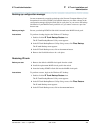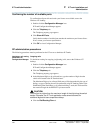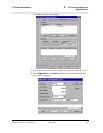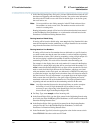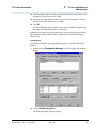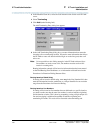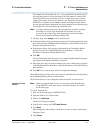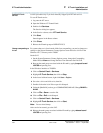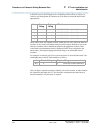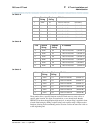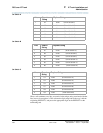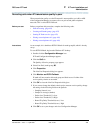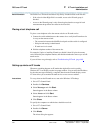
Procedures for Extension Dialing Between Sites
433
Administration for Network Connectivity
555-233-504 — Issue 1 — April 2000 CID: 77730
F IP Trunk Installation and
Administration
Procedures for Extension Dialing Between Sites
These procedures outline two different extension dialing configurations that may be
used from a particular site to other IP Trunk sites. The first configuration is non-DCS,
where one trunk group exists in DEFINITY and is routed through the IP Trunk server
to many different IP Trunk locations. The second configuration is DCS, where the
trunks are dedicated to specific locations — users are routed to a different trunk
group; that is, different trunk ports, within the DEFINITY, based on the digits dialed.
The IP Trunk server routes calls based on the ports or lines the call was placed on.
Each of these configurations is outlined below and examples are provided.
Non-DCS Configuration
In the configuration above, each DEFINITY switch has all of the IP Trunk ports in
one trunk group, trunk group 50. Extension calls to the other DEFINITY switches in
the network are routed to this trunk group and the IP Trunk server's administration
evaluates the dialed strings it receives and routes the calls to the appropriate IP
address based on that dialed string.
To arrange a network in this configuration, an administrator will need to know each
IP Trunk server's IP address and the range of extensions in the DEFINITY at that
location.
IP
TRK
LAN/WAN
IP
TRK
IP
TRK
IP Trunk Network Configuration
One DEFINITY Trunk Group to many locations
Switch A
extension range 6500-6599
IP address: 198.152.169.240
Switch B
extension range 4400-4499
and 4900-4999
IP address: 198.152.169.238
Switch C
extension range 4300-4399
and 3400-3499
IP address: 198.152.169.236
All ports in
Trunk Group 50
All ports in
Trunk Group 50
All ports in
Trunk Group 50
DEFINITY
DEFINITY
DEFINITY



